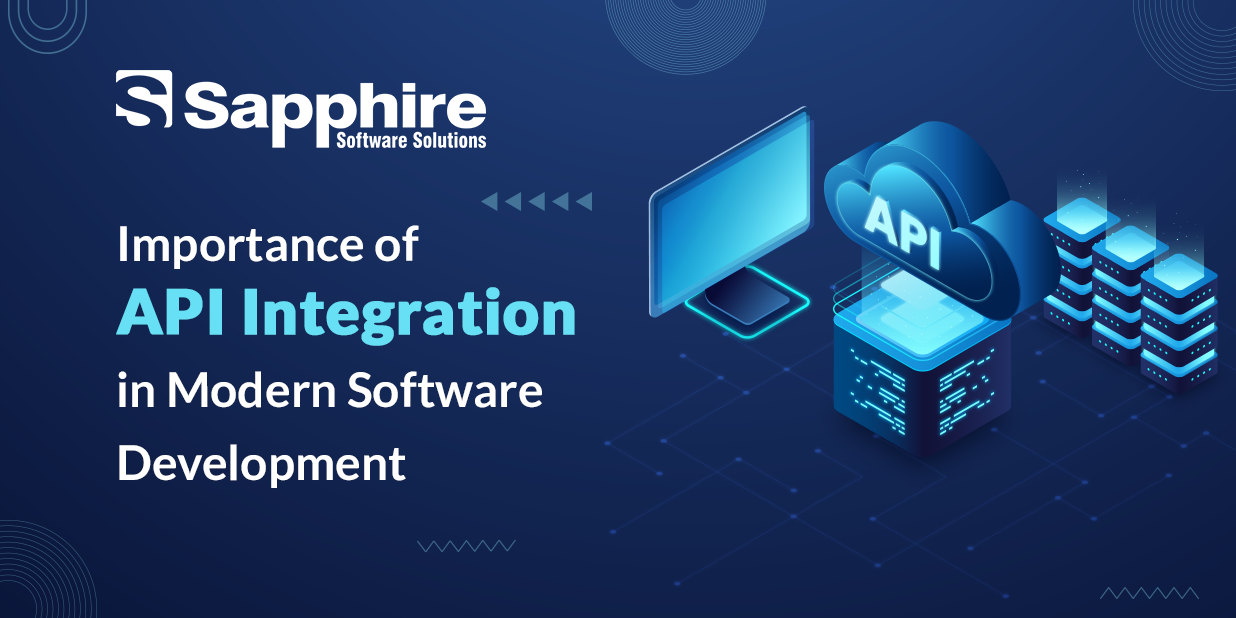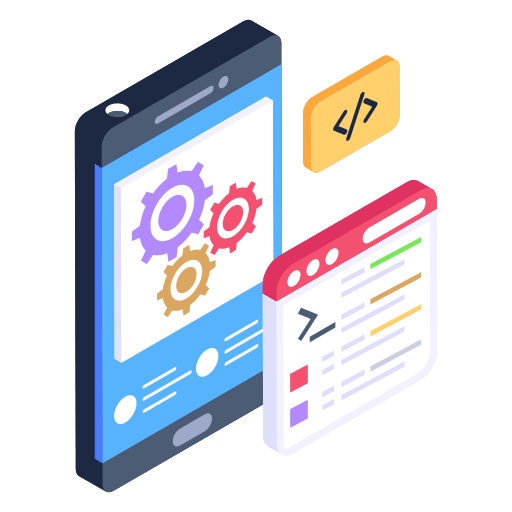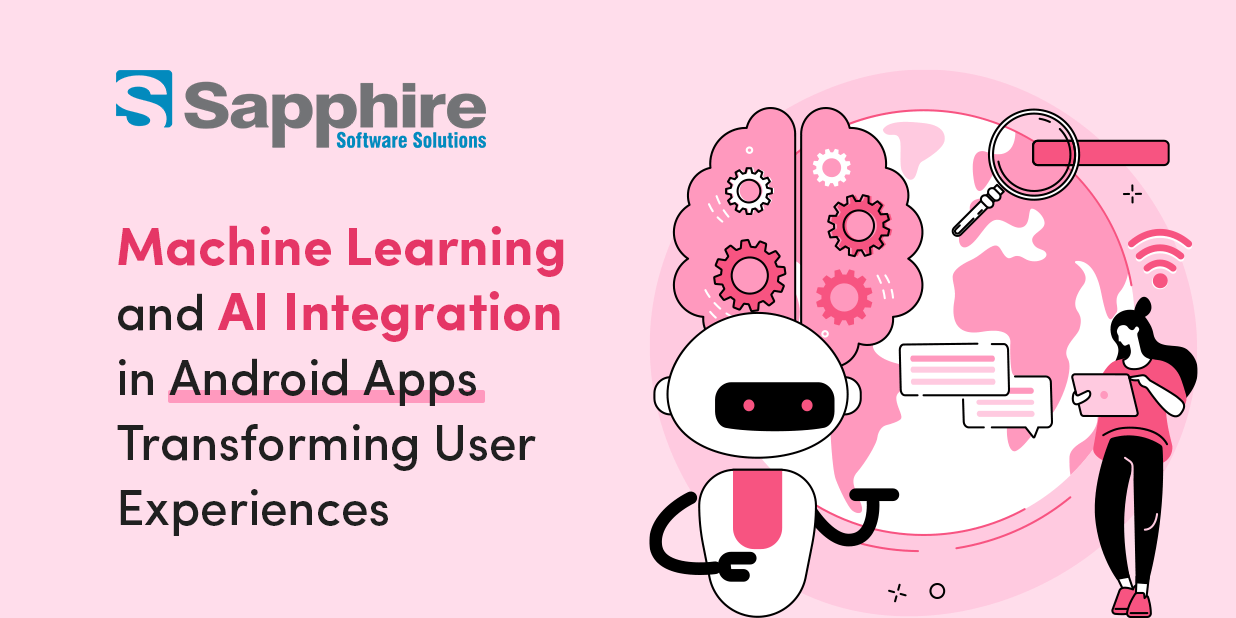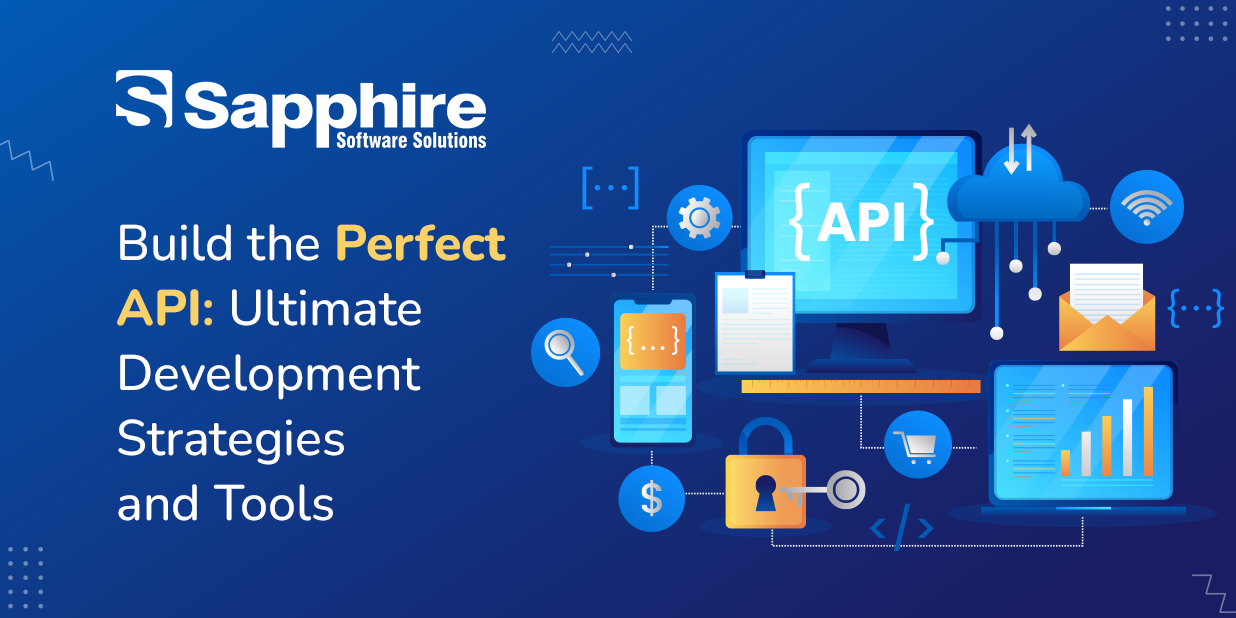API Integration is basically the digital duct tape (but way more professional) holding your tech stack together. I’ve seen too many businesses struggling with disconnected software solutions when they could be automating and streamlining everything.
Think about running an online store. Your products are managed by Shopify, your customers are monitored by Salesforce, and Google Analytics works to understand your website traffic. Without connecting these properly? Total nightmare. I once watched a client manually export/import data between these systems for HOURS each week before we set up proper APIs. Game-changer.
I will walk you through the process of API Integration with different platforms, such as Salesforce, WordPress, React Native, Java, and Laravel. I will also share my knowledge about the prices (which are extremely diverse) and how to choose your trustworthy integration partners. Spoiler: The cheapest option rarely ends well.
Comprehensive Guide to API Integration in Salesforce:
Salesforce isn’t just another CRM – it’s practically an operating system for business. But I’ve noticed most companies use maybe 30% of what it can do. The secret sauce? Proper API Integration in Salesforce.
Here’s what good Salesforce API connections can do:
- Web forms instantly create leads – no copy/paste needed.
- Shopify orders sync automatically (even with custom fields!).
- Customer feedback flows straight to dashboards where it’s useful.
I worked with a manufacturing company that cut 15 hours of weekly data entry by connecting their Salesforce instance to their other systems. Their team literally applauded during the demo. When everything syncs in real-time, you eliminate duplicate work AND get better insights. Win-win.
Want to stop wasting time on Salesforce busy work? We should talk about your specific setup – drop us a line for a quick quote.
API Integration in WordPress: Unlocking the Full Potential of Your Website
WordPress runs something like 40% of the internet, but most sites barely scratch the surface of what’s possible. Adding API Integration in WordPress transforms a basic blog into a serious business tool.
With the REST API, your WordPress site suddenly can:
- Display real-time inventory from Shopify.
- Process payments without sending customers elsewhere.
- Feed lead info straight to Salesforce without the usual headaches.
I recently helped a publisher turn their WordPress site into a headless CMS, serving content to their mobile app built in React Native. Their editors still use the familiar WordPress interface, but their content now lives anywhere they need it.
Tired of your WordPress site being just a pretty brochure? Let’s talk about how API connections could transform it into your hardest-working business asset.
Understanding API-Based Integration:
Before diving deeper, let’s get real about what API-based integration means in everyday terms.
APIs are basically instruction manuals that let different software talk to each other. Instead of you copying data around, they have conversations behind the scenes.
Some examples from projects I’ve worked on:
- A travel booking site using API Integration in Python to grab real-time pricing from airlines.
- A multi-location retailer using API Integration in Laravel to keep inventory straight across their Shopify store and brick-and-mortar POS system.
- A personal finance app built with React Native that pulls transaction data from banks, giving users a complete financial picture.
The benefits are huge:
- Your team stops wasting time on repetitive data entry.
- Everything updates everywhere at once – no more “Which system has the right info?”
- Human errors drop dramatically (we’re all guilty of typos when copying data).
Whether you’re creating a basic phone app or revamping company-wide systems, nailing your API-based architecture from the get-go prevents huge problems later. Take my word for it.

How to Integrate APIs in React Native for High-Performance Mobile Apps?
I’ve built a bunch of mobile apps with React Native, and I’ll be straight with you – the difference between a sluggish app and a snappy one often comes down to how well you handle API Integration in React Native.
Most modern apps need to:
- Pull content from WordPress or other CMSs (without page refreshes!)
- Handle payments without sending users to external sites
- Grab location data, analytics, or other real-time info
We typically use Axios over Fetch for HTTP requests in React Native – it just handles errors better. Redux is great for more complex apps but sometimes overkill for simpler ones. Oh, and we’ve done plenty of API Integration Flutter work too – both platforms have their sweet spots depending on your specific needs. Got an app idea that needs to pull data from multiple sources? Let’s chat about making it work smoothly. The consultation’s free, and I promise not to fill it with tech jargon.
Benefits of API Integration in Java for Enterprise Solutions
Big organizations often rely on Java – it’s been battle-tested for decades. When we do API Integration in Java, we’re typically solving different problems than with smaller platforms:
- Connecting 10-year-old legacy systems with modern cloud services
- Automating massive business processes
- Creating secure data exchanges that pass strict compliance requirements
We regularly use Spring Boot for building RESTful APIs in the Java world. It cuts through a lot of the traditional Java verbosity while keeping things secure and maintainable. In highly regulated industries – finance, healthcare, insurance – proper API Integration in Java isn’t a luxury, it’s a requirement.
Planning something big? Our API Integration Developer team has tackled some seriously complex projects. We’d be happy to share case studies relevant to your industry.
Choosing the Right API Integration Software for Your Next Project
I’ve tested dozens of API Integration Software options over the years, and I’ll save you some time: there’s no perfect solution for every situation. The right choice depends on your specific needs.
Tools I often recommend:
- MuleSoft – Great for enterprise, but prepare for a learning curve and significant investment
- Zapier – Perfect for small/medium businesses that need simple automation without coding
- Postman – Essential for development teams to test and document APIs (we use it daily)
Before committing to any platform, ask yourself:
- Will it handle your specific protocols (REST, SOAP, GraphQL)?
- Does it play nice with your existing tech stack (Salesforce, Shopify, etc.)?
- Can it scale with your business, or will you outgrow it in a year?
I’ve seen companies waste months on the wrong integration platform. Let us help you avoid that headache – a quick consultation could save you thousands.
How Much Does API Integration Cost?
Let’s talk money – API Integration Cost varies wildly, and most articles won’t give you straight answers. Based on dozens of projects we’ve completed:
- Basic point-to-point integrations: Around $500-$2,000 (like connecting your contact form to a CRM).
- Mid-complexity integrations: Approximately $3,000-$8,000 (syncing inventory between systems, or CRM+ERP connections).
- Complex, real-time, multi-system integrations: Nearby $10,000-$25,000+ (enterprise-grade with failovers and extensive transformations).
Other cost factors nobody tells you about:
- Ongoing API subscription fees (some third-party APIs get EXPENSIVE at scale)
- Maintenance as APIs change (they will, trust me)
- Security requirements for sensitive data (especially in regulated industries)
At Sapphire, we don’t do bait-and-switch pricing. We’ll give you a clear quote based on your specific needs, not a vague estimate that mysteriously doubles later.
Why You Need an API Integration Specialist for Your Business Success?
I’ve seen too many companies hire general developers for integration work, only to rebuild everything 6 months later. An API Integration Specialist brings specific expertise:
- System architecture that anticipates future needs (not just today’s requirements)
- Security implementations that protect sensitive data (OAuth2, JWT, proper encryption)
- Error handling that doesn’t leave your systems hanging when things go wrong
From API Integration in Laravel to Flutter apps and everything in between, specialists understand the nuances that make integrations reliable. We’ve often been called in to fix failed projects after companies tried the cheap route first. Don’t learn this lesson the expensive way – start with expertise. Your future self will thank you.
How to Choose the Best API Integration Services for Your Business?
Finding reliable API Integration Services is tricky with so many providers making big promises. Here’s what I tell friends looking for integration help:
- Check their platform experience – Have they done API Integration in WordPress, Shopify, Salesforce, Java, or React Native before? Ask for specific examples.
- Run from templated solutions – Good integrators customize to YOUR workflows, not the other way around. Be suspicious of anyone who doesn’t ask detailed questions about your processes.
- Ask about support – What happens at 2AM when something breaks? You need more than an email address.
At Sapphire Software Solutions, we’ve built our reputation on honest assessments and successful implementations. We might not always be the cheapest option, but we’re committed to getting it right the first time.
Real-World Use Cases That Prove the Power of API Integration:-
Let me share some actual projects (names changed) that show what good integration can do:
1. eCommerce Revolution:
A Shopify store integrated with Salesforce using APIs can automatically sync customer orders, update inventory, and generate targeted email campaigns through Mailchimp. This use case highlights the strength of API Integration Shopify in streamlining sales and marketing workflows.
2. Healthcare Breakthrough:
A rural clinic used API Integration in Python to connect patient wearables with their EMR system. Now doctors remotely monitor high-risk patients between visits, catching complications days earlier than before.
3. Education Transformation:
A technical college leveraged API Integration in Laravel to unify their scattered systems. Students now move seamlessly between the learning platform, registration system, and payment portal – all with single sign-on.
4. Travel Industry Innovation:
A tour operator’s website pulls real-time availability from their booking system through custom APIs. No more disappointing customers with “sorry, that’s actually not available” conversations.
5. FinTech That Works:
A personal finance app built with API Integration in React Native connects to multiple banks, categorizes transactions automatically, and sends smart alerts about unusual spending. The founder started with a competitor’s app that refreshed only once daily – customers notice the difference!
6. IoT That Delivers:
A greenhouse operation monitors soil conditions through sensors, with API Integration in Python feeding data to mobile dashboards. They’ve reduced water usage by 42% while increasing yield.
7. Real Estate Reinvented:
A brokerage automated listing distribution across 12 platforms through API Integration in Laravel. Agents save 5+ hours weekly on data entry, focusing instead on client relationships.
8. HR Systems That Help:
A manufacturing company connected their time-clock system, HR platform, and payroll processor. Payday errors dropped by 98%, and the HR team reclaimed 20+ hours weekly.
9. Executive Dashboards That Matter:
A retail chain built custom dashboards showing real-time data from POS systems, marketing platforms, and inventory. The CEO spotted a supply chain issue before it affected sales, saving a key holiday promotion.
10. Customer Support That Shines:
A software company integrated their knowledge base, ticketing system, and product analytics through API Integration in Python. Support reps now resolve issues faster with complete context at their fingertips.
Unlock New Possibilities with API-First Development Start Integrating Today!
Final Thoughts:
From my years of software application building, I’ve seen how API Integration makes a difference between successful companies and those that barely survive. From simple CMS applications to sophisticated enterprise systems, joined-up platforms create efficiencies that cannot be made otherwise.
We have built our reputation at Sapphire Software Solutions with successful integrations across API Integration in Python, Salesforce, WordPress, Laravel, React Native, and dozens of other technologies.
Ready to stop copying data between systems manually? Let’s talk about how integration could transform your workflows.
Let’s Future-Proof Your Tech Stack,
Over the past 20+ years, I’ve seen how businesses with strong API-driven architectures consistently outpace those relying on siloed systems and manual processes. Whether it’s integrating AI tools, connecting IoT devices, or streamlining daily operations, well-designed API Integration Services offer the agility to evolve without starting from scratch.
At Sapphire Software Solutions, we don’t just offer cookie-cutter solutions—we build, plan, and maintain API connections tailored to your unique business needs. Let’s create a seamless, connected foundation for your business.






































